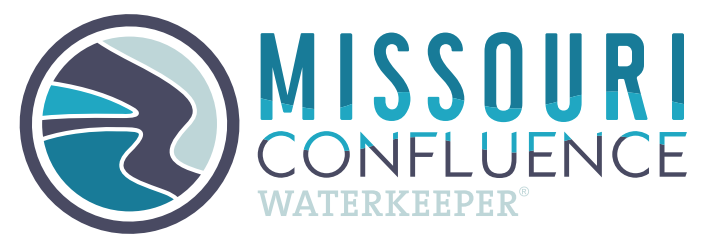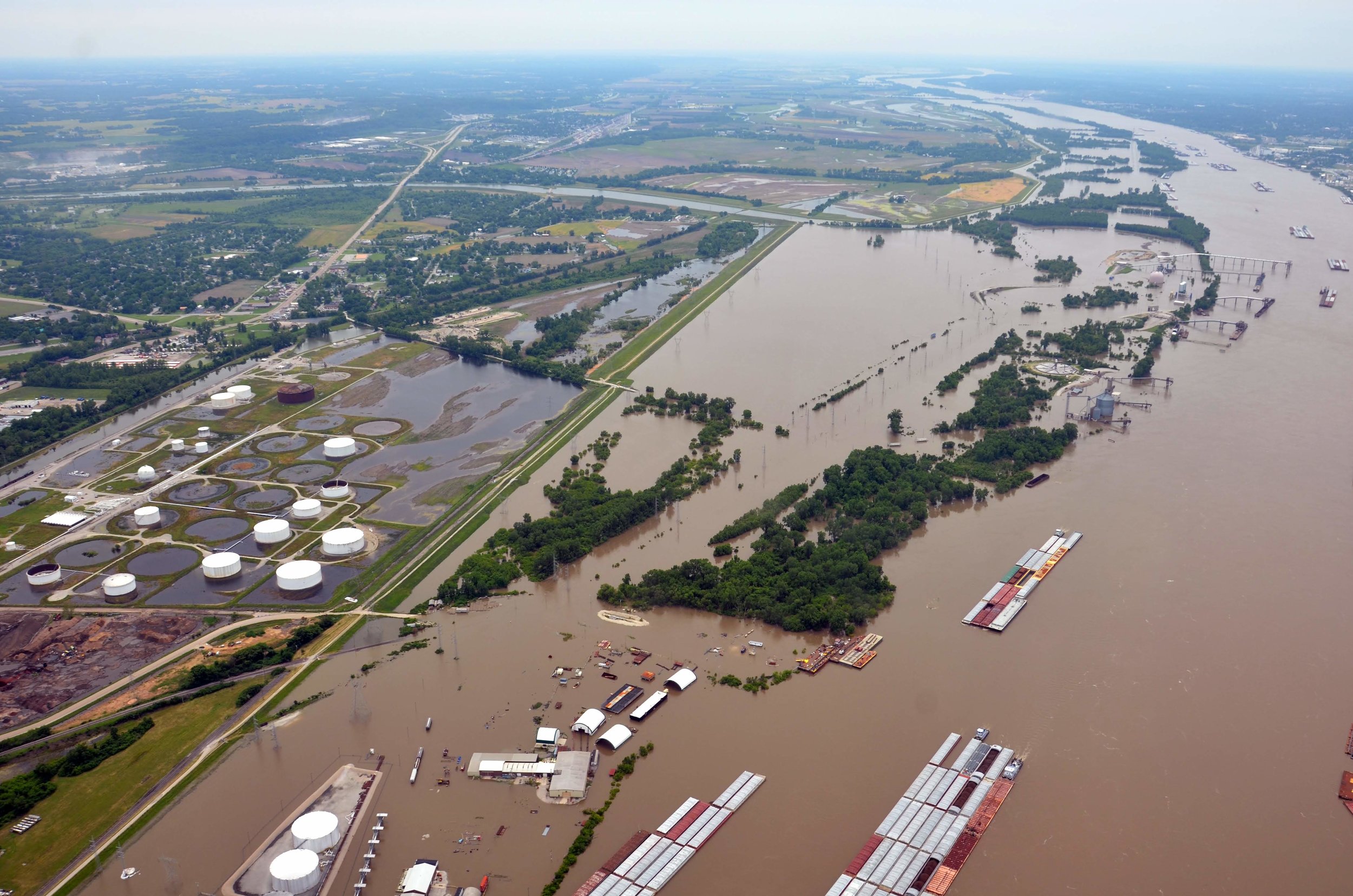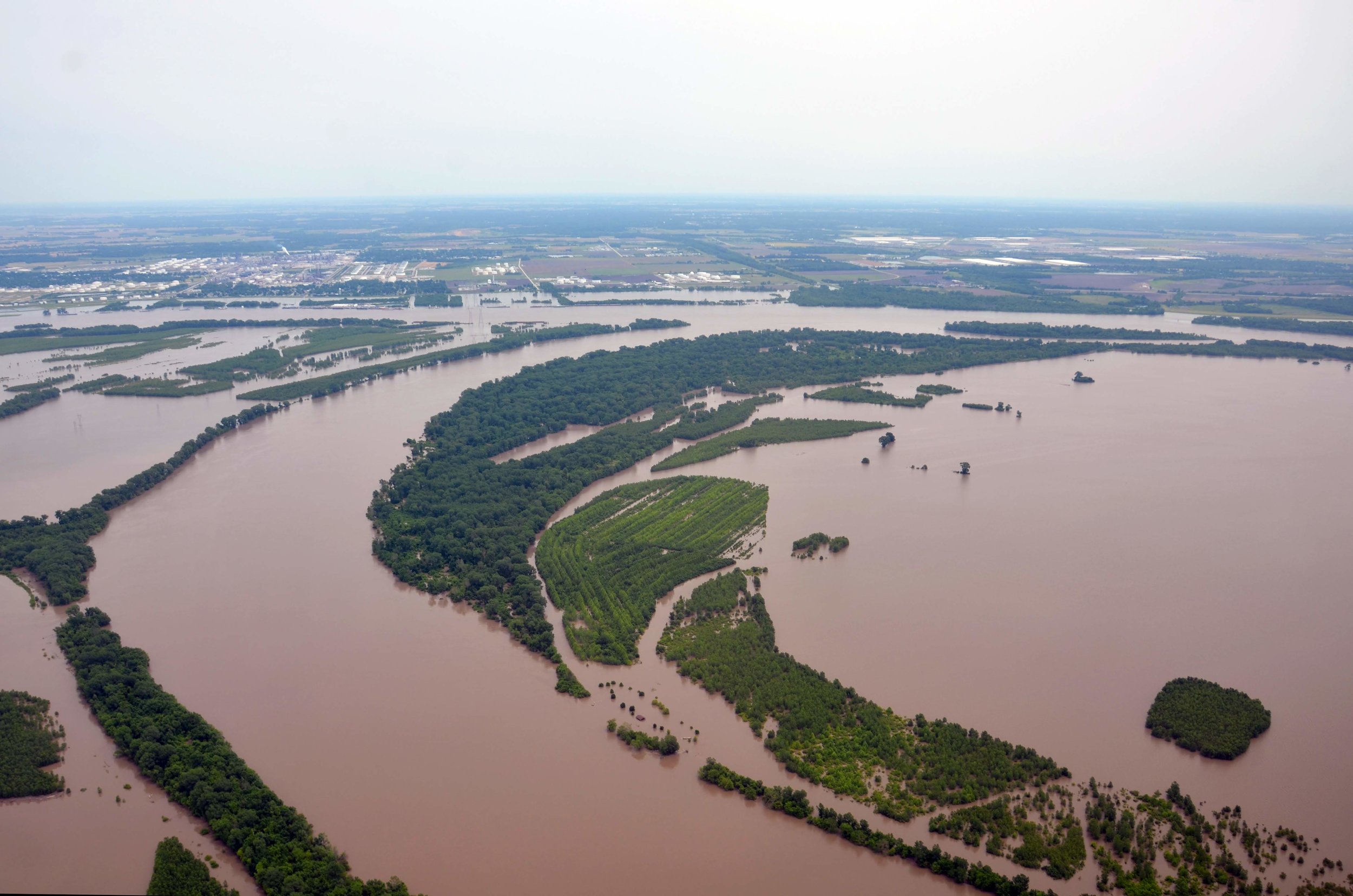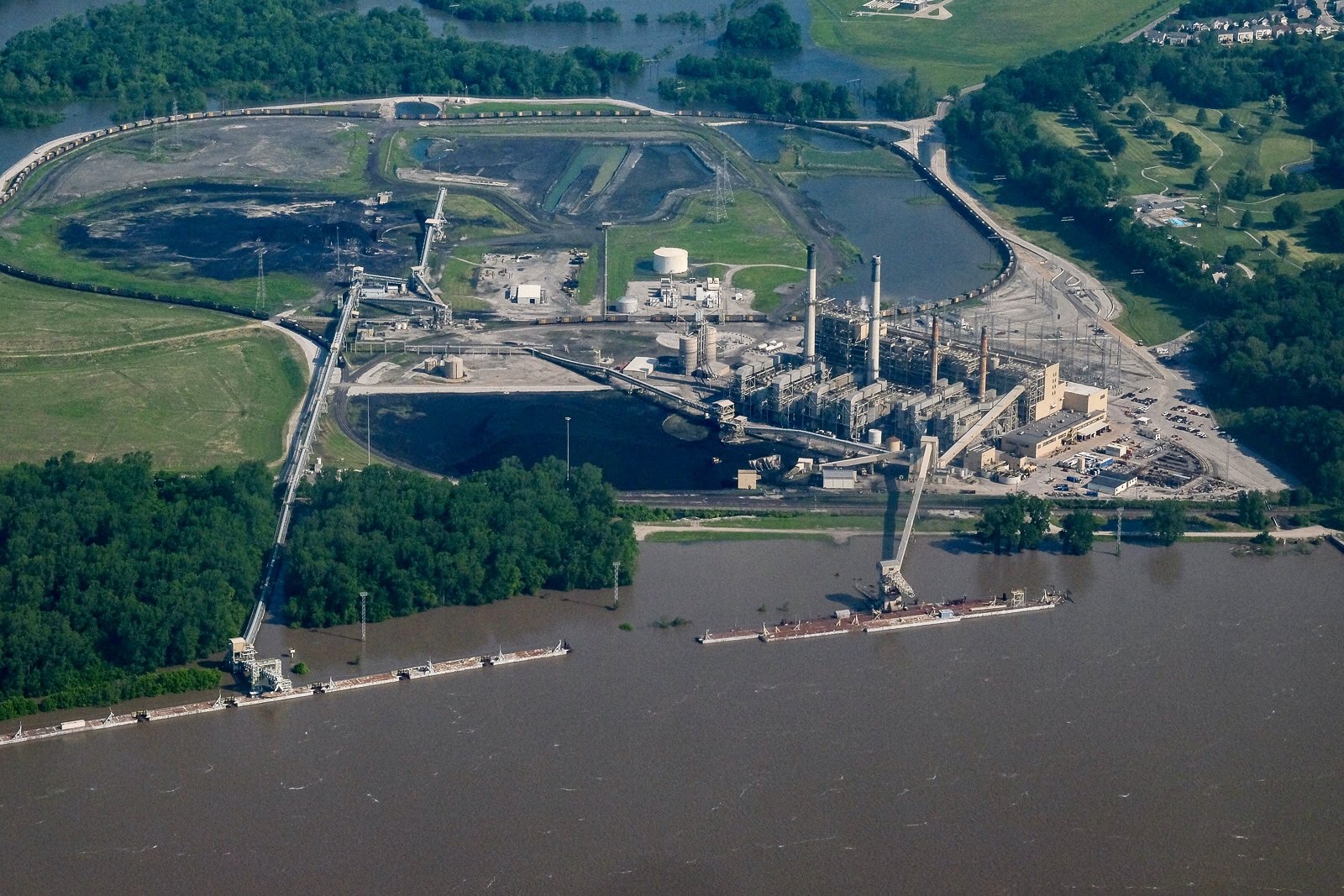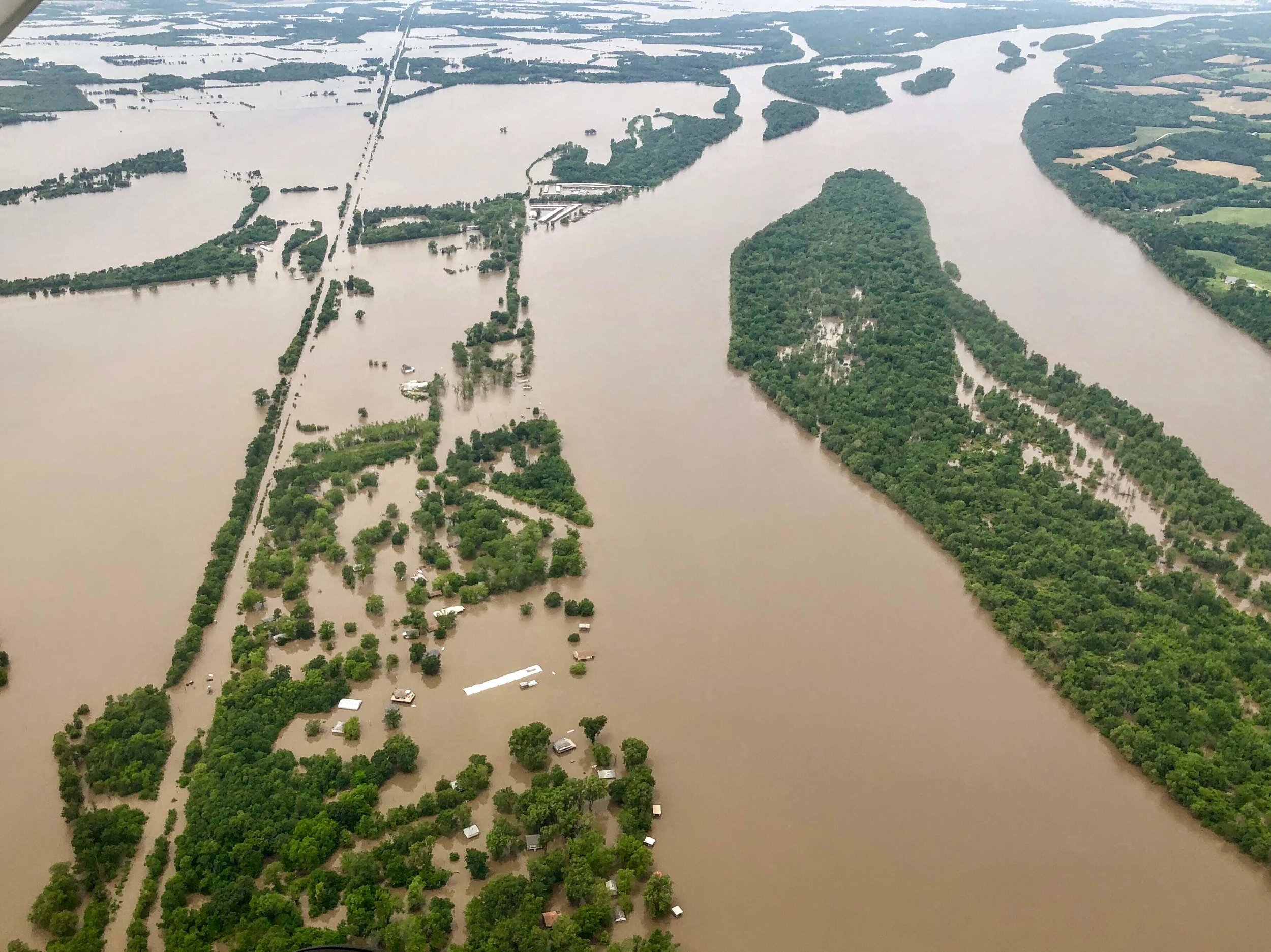First of all, an introduction is in order. My name is Charles Miller and I’m your new Policy Manager at Missouri Confluence Waterkeeper and River City Outdoors. I’ve spent the past three years getting a law degree from the University of Alabama School of Law. Before I started law school, I knew I wanted to work on state and federal water policy. I’m incredibly lucky that I was able to fulfill this goal by coming to Missouri and working at the confluence of two important and beautiful river systems that influence not only the rest of the United States, but the rest of the world.
For many of us, the last three years have been hard. Dealing with huge changes in how we work, live and recreate, and in some cases, dealing with the losses of loved ones. So much of what we do as people is enhanced by or depends upon face-to-face interaction with other human beings. The unfortunate realities of the pandemic impacted me, too. I’m not sure if you’ve heard this, but law school is hard. That difficulty is compounded when life is upended by a global pandemic.
That’s why I was incredibly grateful to be able to start my time at Missouri Confluence Waterkeeper with two in-person conferences in Washington, D.C.: River Network’s River Rally and Waterkeeper Alliance’s Global Conference. Both offered an opportunity to connect with friends and river advocates, both new and old. Both also offered an opportunity to learn from and engage with these advocates. I was able to help some of my old friends from Alabama speak up for enhanced stream connectivity, better funding for sustainable agriculture practices in the Farm Bill, and the designation of a new Wild & Scenic River in their state. Being able to make new friends and connect with old ones, all of whom share a common purpose: protecting and enhancing our rivers, streams, lakes and oceans was the perfect way to recenter myself before embarking on what I am sure will be a fantastic journey at Missouri Confluence Waterkeeper.
I also presented on state responses to the 2019 “Dirty Water Rule,” at River Rally. The divergent responses to this rollback of Federal Clean Water Act jurisdiction demonstrate the importance of state-level advocacy, not only from organizations like Waterkeeper Alliance and Missouri Confluence Waterkeeper, but from ordinary citizens. Many times, state legislators and regulators count on public apathy or unfamiliarity with the processes by which these critically important laws are made. Often, notifications of rulemaking are buried in websites or documents the public at large seldom has occasion to run across. Sometimes state agencies don’t even properly notify the public of critically important rulemakings that impact their right to swimmable, drinkable, and fishable water.
This gap between the importance of these rules and how information about them is shared is precisely why I went to law school. As an intern at American Rivers in 2018, I saw the power that people with a legal education could have. While interning there, the Federal Circuit Court for D.C. handed down a decision forcing a power company to protect endangered species around 7 of their dams. Around the same time, the Supreme Court was considering a case that eventually led to the protection of hunting rights for thousands of Native Americans in Montana and Wyoming. These weren’t abstract disputes between multinational corporations, these were concrete disputes that impacted hundreds of thousands of lives. And more importantly, the good guys won.
Seeing the power to create positive change is what inspired me to go to law school in the first place. Over the past few weeks in D.C., I saw that same power on display. And it’s not just limited to lawyers, lobbyists, policy-makers and those kinds of folks. Educators, biologists, communicators, organizers and people from all walks of life help build that power. Seeing that process is always inspiring. Being a part of it is even more exciting. I’m excited to continue to be a part of that process right here in Missouri. If you have questions or just want to say hi, feel free to shoot me an e-mail at mailto:charles@mowaterkeeper.org.
See you on the river!
